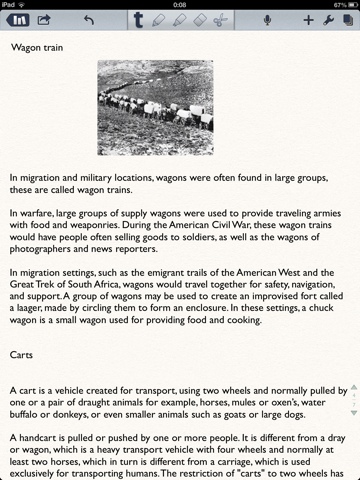Thursday, July 25, 2013
Baroque
Wednesday, July 24, 2013
Industrial revolution
The industrial revolution, which took set from the 18th to 19th centuries, was a period during rural societies in Europe and the industrial revolution, which took lay from the 18th to 19th centuries, was a period during rural societies in Europe.
Earlier to the Industrial Revolution, this began in Britain in the late 1700s.
Cloth industries, along with the development of the steam engine, played central roles in the industrial revolution, which also saw improved systems of transportation, communicating and banking. While industrialization brought about an increased volume and variety of manufactured goods and an improved standard of living for some, it also resulted in often grim employment and living conditions for the poor and working classes.
Most manufacturing was done in homes or small, rural shops, using hand tools or simple machines.
A number of factors contributed to Britain role as the birthplace of the Industrial Revolution.
As demand for British goods increased, merchants needed more cost-effective methods of production, which led to the rise of mechanization and the factory system.
The transportation industry also undergoes the significant transformation during the Industrial Revolution. American Robert Fulton built the first commercially successful steamboat, and by the mid-19th century, steamships were carrying freight across the Atlantic in the early 1800s.
The steam locomotive was also coming into apply, as steam powered ships were doing their debut.
Manchester railroad became the first to offer regular, timetabled passenger services and in 1830, Liverpool. Around 1820, Scots applied scientist John McAdam developed a new process for road construction, additionally. His technique, which became known as macadam, resulted in roads that were smoother, more durable and less muddy.
Modern
Medieval
Tuesday, July 23, 2013
Sunday, July 14, 2013
Roman Chariot
Greek Chariots
Chariots in Ancient Europe
Tuesday, July 9, 2013
Mesopotamian Sailboat

Egyptian's Ancient Chariot
 The chariot
and horse were introduced to Egypt by the Hyksos invaders in the 16th century BC. It
has been used for land transportation since then. Chariots are the key
to Egyptians military success.
The chariot
and horse were introduced to Egypt by the Hyksos invaders in the 16th century BC. It
has been used for land transportation since then. Chariots are the key
to Egyptians military success. 









